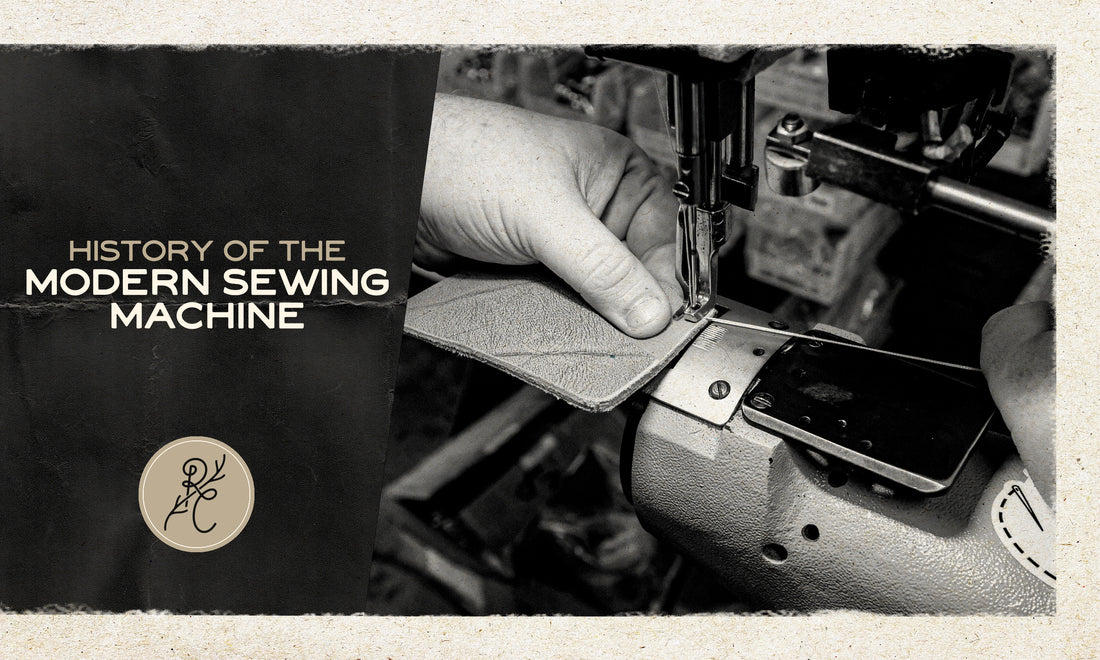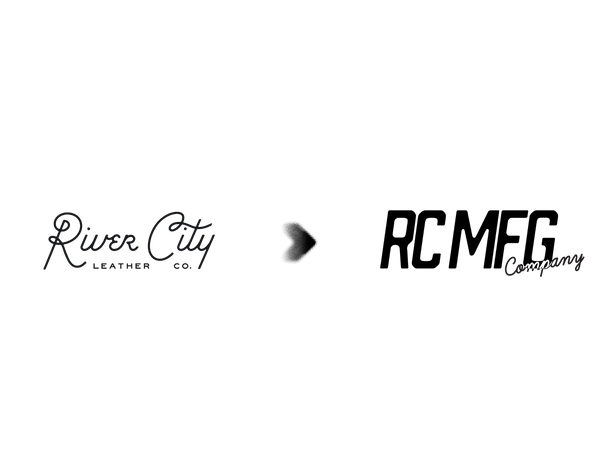
The History of the Modern Sewing Machine and the Inventors That Started it All
Share
The modern sewing machine is one of those contraptions that we often take for granted, but it actually hasn’t been around that long. The patent for the first Singer sewing machine wasn’t filed until 1851, less than 200 years ago. But that is not the whole tale.
The journey to the modern sewing machine actually began in 1755, when Charles Fredrick Wiesenthal filed a British patent for a machine that could help people sew faster. It was a very simple design, but it was the first time that a machine was developed for this purpose.
There were a lot of inventors along the way that contributed to the development of the modern sewing machine. Their stories at times intertwine, ending in an exciting yet tragic typo and the dawn of the Singer sewing machine empire.

Steady Progress Through the Industrial Revolution
The Industrial Revolution brought an onslaught of machines for every industry between 1760 and 1840. A string of inventors, each building upon the work of the last, came up with different designs for sewing machines. Some were for a specific type of sewing, like the embroidery machine patented by John Duncan in Scotland in 1804.
As the decades progressed, each inventor sought to remedy a particular issue with the sewing machines they had seen or heard of before. Here are the most significant inventors and their contributions to the modern sewing machine.
The First Comprehensive Sewing Machine Design
The first full sewing machine patent was filed by an English inventor in 1790. James Saint designed the machine to work with leather, but it was also very good for working with canvas. As a result, Saint’s sewing machine was used to make sails for many years.
Saint’s design had some elements we can still see on sewing machines being made today, including a feed mechanism, a vertical needle bar, and a looper. Much later in 1874 sewing machine manufacturer William Newton Wilson found the designs for that patent, made modifications to the looper, and built a working model for the Science Museum in London.

A Tailored Invention from Tailors of the World
The next major milestone on the journey to the modern sewing machine is the one designed by tailor Josef Madersperger in Australia. He first began working on his design in 1807 and presented a working machine in 1814. Finished in 1839, his final sewing machine imitated the weaving process and used the chain stitch of Saint’s model.
Meanwhile a French tailor-designed the first sewing machine to be widely used in 1829. His name was Barthélemy Thimonnier, and he designed a machine that used straight chain stitch like Saint’s model. He used the machine to open the first machine-made clothing manufacturing company, but it didn’t last very long due to the economic and political environment.
In Thimonnier’s model, we see the use of a barbed needle that passes through the cloth, down into the machine, grabs the thread, and pulls it back through the fabric to be locked into the next loop, similar to today’s sewing machines.

The First Lockstitch Sewing Machine
The first lockstitch sewing machine was built by American inventor William Hunt in 1832. Although the feed was unreliable, it was the first successful shuttle system in a sewing machine. In Hunt’s machine, the curved needle with eye and point on the same end carried an upper thread to create a loop, then a falling shuttle carried the lower thread through the loop, locking the stitch in place.
Final Touches
By the end of the Industrial Revolution, there had been many different sewing machines invented and discarded. Many inventors tried to find the perfectly engineered design. Some of their solutions made their way into modern sewing machine design like the eye-pointed needle and the use of two surfaces to press fabric into position incorporated into the sewing machine made by Newton & Archibold in 1841.
The first US sewing machine patent wasn’t filed until 1842, when John Greenborough opened the future door for American inventor Isaac Singer of sewing machine fame.

The Real Inventor of the Modern Sewing Machine
All of the sewing machines discussed up to this point solved a small problem with the original sewing machine designs, but they were otherwise woefully inadequate. It wasn’t until 1844 that we saw the first modern sewing machine that incorporated all of the best features of the machines designed throughout the Industrial Revolution. Many people know that tale – the tale of Singer, right? Not quite. The first sewing machine resembling those of today was designed by John Fisher, but no one knows him.
Where was the first practical sewing machine invented? It wasn’t in America, it was in England. John Fisher developed the design for the modern sewing machine in 1844, but due to a filing error, he never received credit. Instead, Singer was able to swoop in with their very similar design in 1851 and has dominated the sewing machine industry in America ever since.
Can you imagine losing out on that huge opportunity due to a filing error? Perhaps in some distant timeline, the mistake in filing the patent never happened and John Fisher would be a household name.
